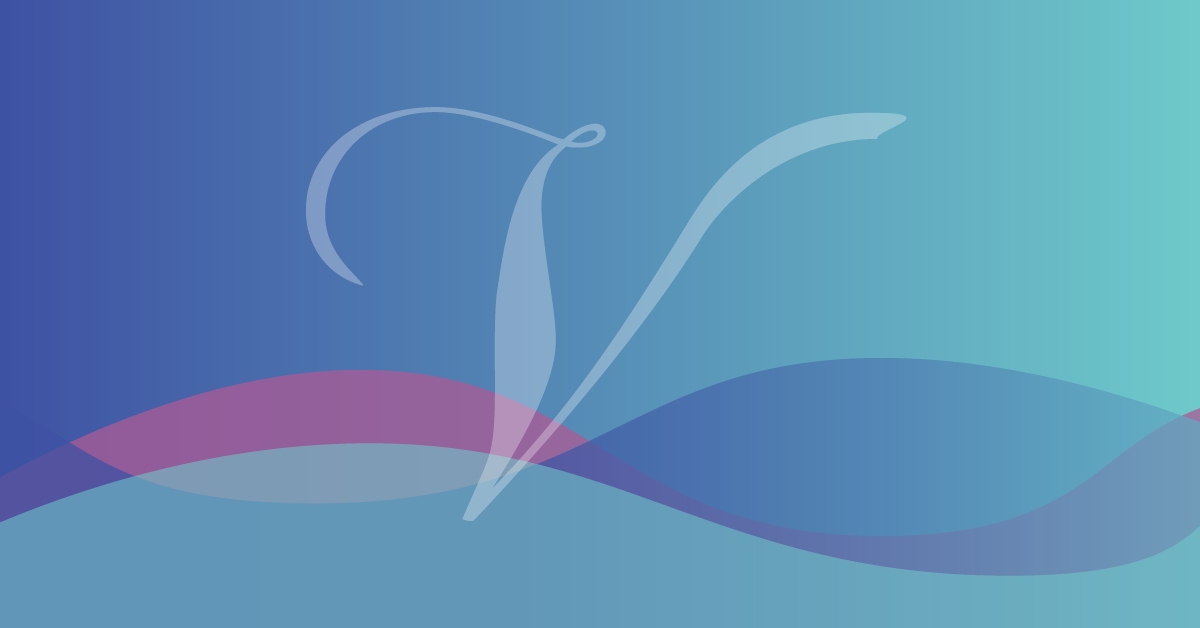Sclerotherapy Understood
Sclerotherapy is a non-invasive procedure for the treatment of varicose veins, spider veins, and general venous insufficiency. The procedure can be completed in the doctor’s office in a manner of minutes and requires no anesthesia whatsoever. It offers both cosmetic and medical benefits, causing diseased veins to close, collapse, and fade from view. This process also combats the often painful and sometimes dangerous symptoms of venous insufficiency (or lack of sufficient blood flow, which causes blood to pool and blood pressure to rise in the lower extremities).
The sclerotherapy procedure involves your doctor injecting all affected veins with a solution using a small hypodermic needle. This solution scars and closes those veins, causing blood to naturally reroute to healthier veins nearby. Over time, the diseased veins simply collapse and reabsorb into the surrounding tissue, fading or disappearing entirely from sight.
Aftercare Following Sclerotherapy
Recovery time after sclerotherapy is minimal. You will be able to get up and walk around within minutes after the procedure. In fact, your doctors will encourage walking and moving in order to prevent potential blood clots.
Most people resume routine activities the same day, but are generally warned against exposing treated areas to direct sunlight or engaging in strenuous exercise for a period of two weeks. Over this same period of time, patients must wear tight bandages or, more commonly, compression stockings to place firm but gentle pressure on treated veins. Compression stockings improve blood flow and decrease the pooling of blood in the feet, ankles, and lower legs, generally promoting healing and decreasing discomfort.
Potential Side Effects
In addition to the aforementioned risk of blood clots, the potential side effects of sclerotherapy include…
- Discoloration and hyperpigmentation
- Pulmonary embolism
- Deep vein thrombosis
- Nerve damage,
- Migraine headaches
In the immediate aftermath of the injections, patients can experience localized pain, temporary swelling, capillary dilation, localized hives, tape compression blisters, and tape compression folliculitis. Of course, doctors should also take care to address any known allergies and anticipate unknown allergic reactions.
Adhering to doctor’s orders regarding sunlight exposure and exercise restrictions can help to combat many side effects. The proper use of compression stockings can also limit and/or eliminate these issues.
The Medical Results of Sclerotherapy
Patients who received treatment for small varicose veins or spider veins typically see significant results from sclerotherapy in three to six weeks. Larger veins, however, may require multiple treatments and/or take three to four months before yielding anything but superficial results. Although new varicose or spider veins may appear in the same area, treated veins generally don’t return.
Individuals who want to know more about sclerotherapy and its aftereffects are encouraged to contact Dr. Chris Pittman and the Tampa, Florida medical specialists at Vein 911.

